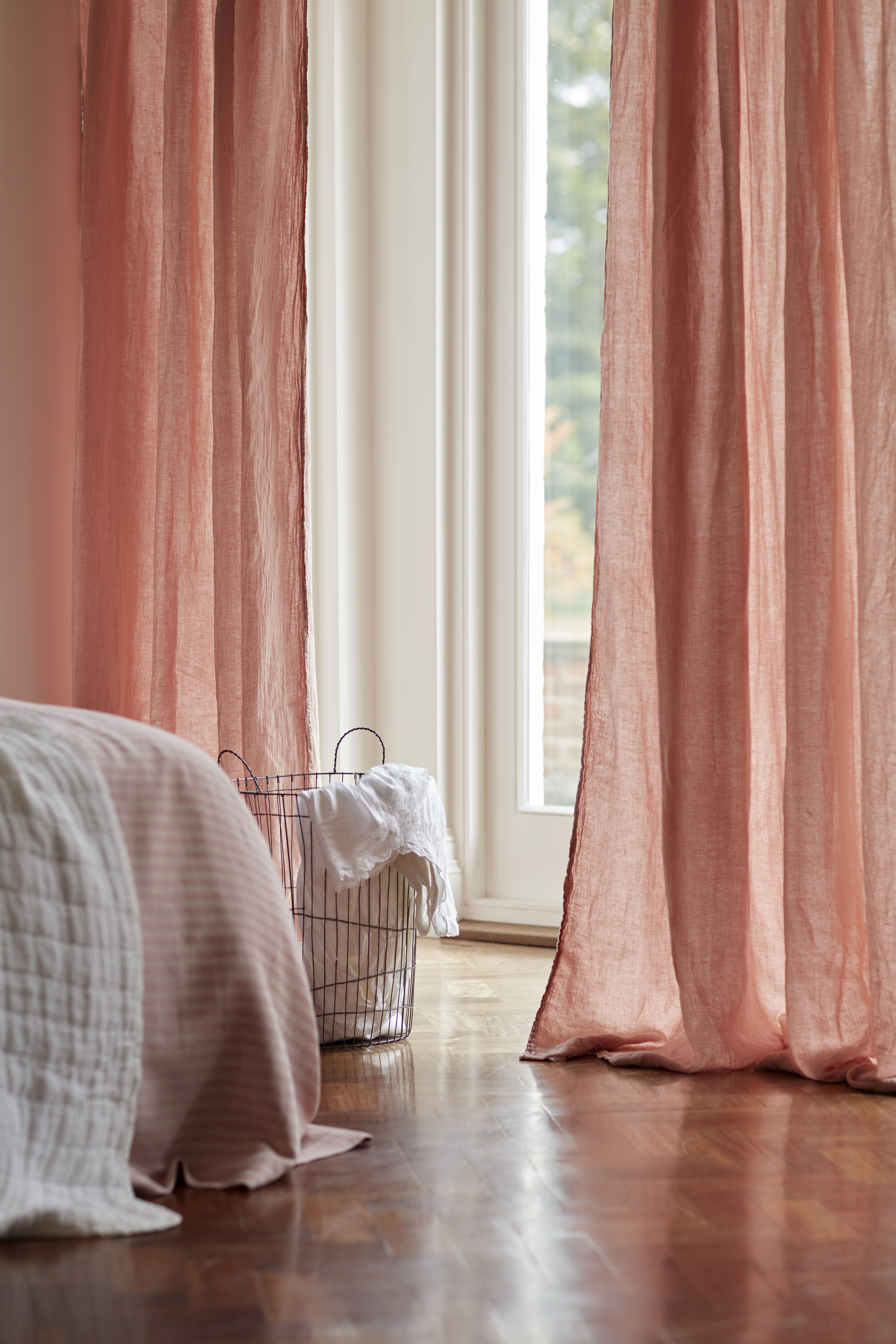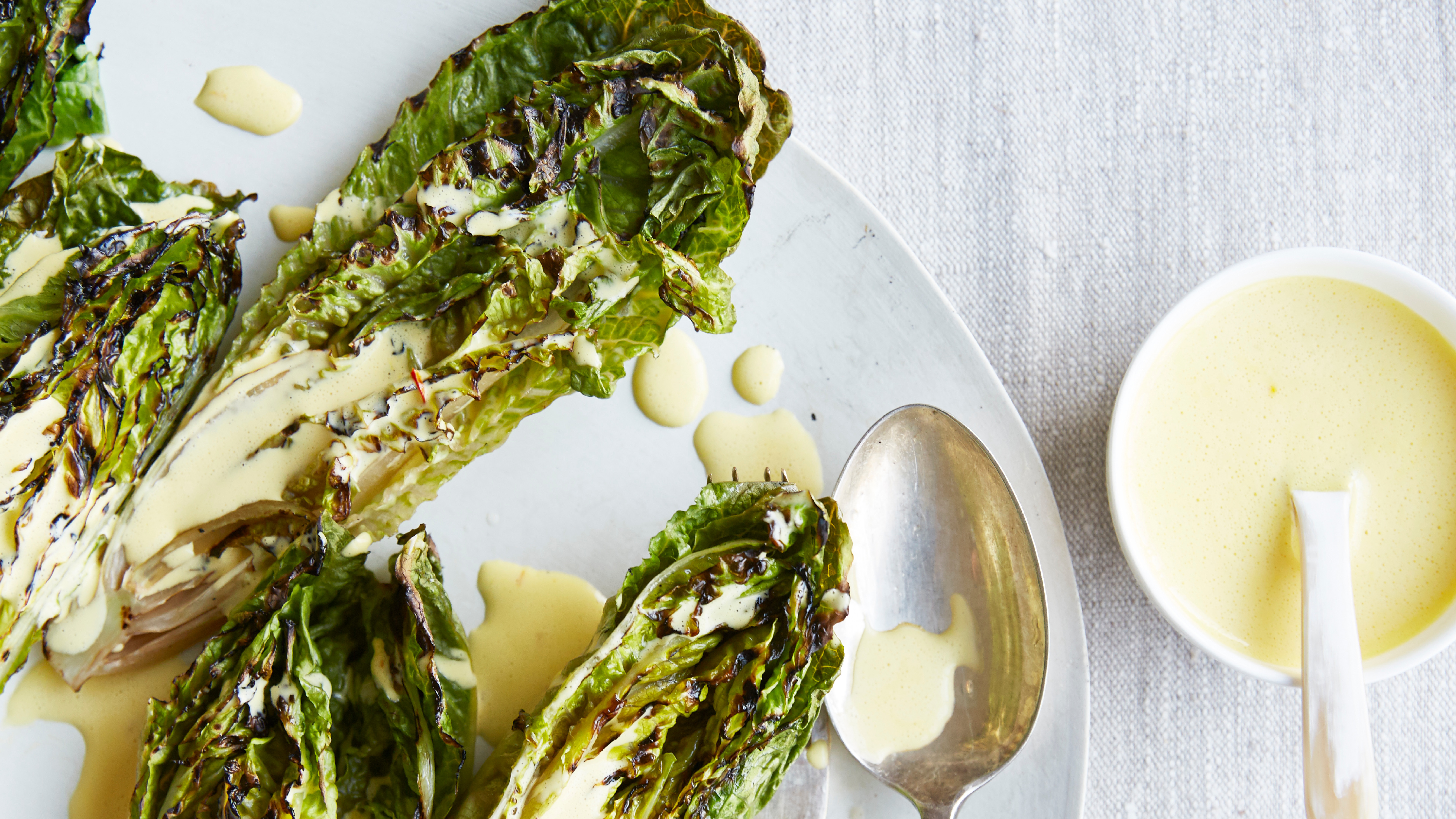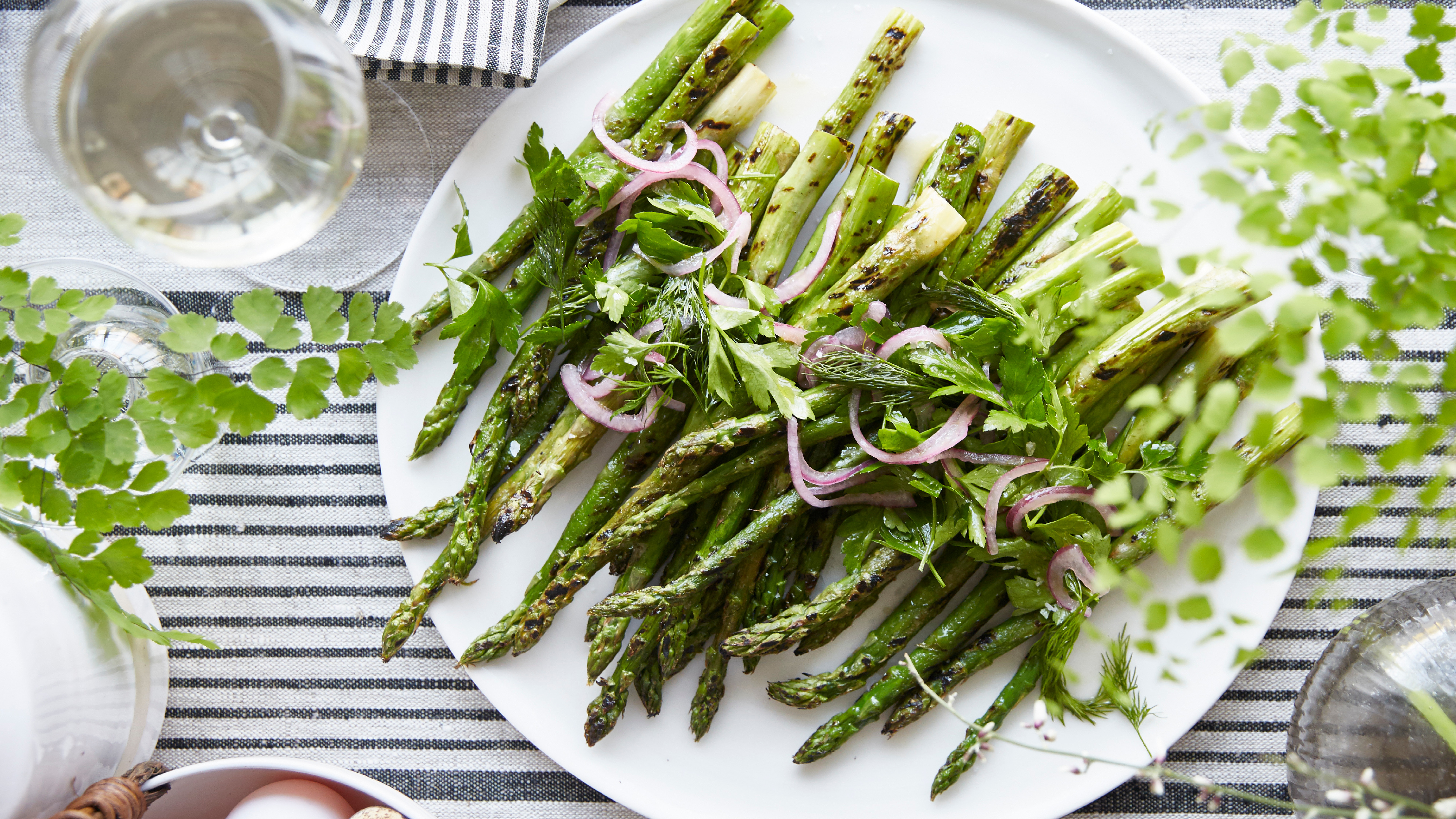How to calculate the fabric needed to sew simple panel curtains
Create bespoke style by making your own curtain panels. Here’s the lowdown on calculating the fabric needed


Sew simple curtain panels and you can enjoy all the benefits of a bespoke window covering – without the cost associated with having panels made for you.
While readymade curtains could fulfil your window treatment ideas, the advantage of sewing your own panels is that you can choose exactly the fabric you want then make them to fit your window precisely rather than going with the standard measurements of off-the-shelf curtain panels.
But how to calculate how much fabric is needed when your curtain ideas include sewing curtain panels to your own design? Our guide has all the details you need.
Calculating the fabric needed to sew simple panel curtains: FAQs

In order to calculate the fabric needed to sew simple panel curtains, there are a few decisions you’ll need to make first.
Curtain length
Think how long the curtains should be. ‘This is the distance from the top of the curtain rod to the desired length of the panel,’ explains Artem Kropovinsky, interior designer and founder of Arsight, an interior design studio based in New York, NY. ‘It is important to measure this accurately to ensure that the panels will cover the window properly and hang at the desired length.’
Rod diameter
The rod diameter could also be a factor in your calculations. If you are making rod pocket curtains, a large diameter pole will take up some additional fabric from the curtain panel length.
Curtain panel width
Consider, too, how wide the curtain panels will be, and how much fullness they will have. ‘This refers to the amount of fabric gathered or pleated on the curtain rod,’ says Artem. ‘A fullness of two times the width of the rod is considered standard, but you can use more or less fabric depending on the desired look.’
Heading type
Finally, take into account the heading type you plan on using. ‘There are several types of headings for curtain panels, such as pinch pleat, pencil pleat, grommet, and rod pocket,’ explains Artem. ‘Each heading type requires a different amount of fabric, so it’s important to choose the right one for your project.’ To make a simple curtain panel, a rod pocket can be the best heading to use.
Another essential when you’re calculating the fabric needed to sew simple curtain panels? A metal tape measure to ensure your measurements are accurate. Fabric measures can stretch over time.
How to calculate the fabric length for simple panel curtains
Once you’ve decided on the details of your panel curtains, including their length and how full they will be, you can calculate the fabric length you will require to sew them.
‘Measure the length of the window and add the desired length of the panel above and below the window,’ says Artem. ‘This will give you the total length of the panel. Then, you will need to add an additional amount of fabric for the heading type you have chosen. For example, a rod pocket heading requires about 4 inches of additional fabric for the pocket.’
If you plan to hem the curtains, add four times the size of the hem to the length measurement.
How to calculate the fabric width for simple panel curtains
Next, focus on the width of fabric the project requires. ‘To calculate the width of the panels, you will need to measure the width of the window and multiply it by the fullness factor you have chosen,’ says Artem.
‘For example, if your window is 30 inches wide and you want two times fullness, you would need 60 inches of fabric for the width of the panel.’
Installing a curtain rod outside the window frame? Be sure to measure the rod (but not the finials) rather than the window.
Also, if you’re planning to hem the curtain panels, add 4 inches to the width measurement.
How do you calculate curtain repeat patterns?
If you choose a patterned fabric rather than a plain to make simple curtain panels, you will need to allow for this when calculating the fabric needed.
‘When working with patterned fabric, it’s important to bear in mind that the pattern needs to be aligned and match on each panel,’ says Artem Kropovinsky, interior designer and founder of Arsight, an interior design studio based in New York, NY.
‘It’s best to use a single piece of fabric for each panel, or if more than one piece is needed, make sure that the pattern is matched at the seams. Additionally, you should pay close attention to the repeat of the pattern when calculating the fabric requirements, to ensure that the pattern will be continuous across the panels.’
Can you use one curtain panel on a small window?
One curtain panel can be a good solution for a small window, dressing it without an excess of fabric which will look bulky. It has a less formal look than a pair of curtain panels, so complements rooms with a more relaxed rather than formal feel. It can also be a good solution for a window in a hallway or bathroom. A single panel could be tied to one side to allow in daylight while still maintaining a level of privacy.
Sign up to the Homes & Gardens newsletter
Design expertise in your inbox – from inspiring decorating ideas and beautiful celebrity homes to practical gardening advice and shopping round-ups.

Sarah is a freelance journalist and editor. Previously executive editor of Ideal Home, she’s specialized in interiors, property and gardens for over 20 years, and covers interior design, house design, gardens, and cleaning and organizing a home for Homes & Gardens. She’s written for websites, including Houzz, Channel 4’s flagship website, 4Homes, and Future’s T3; national newspapers, including The Guardian; and magazines including Future’s Country Homes & Interiors, Homebuilding & Renovating, Period Living, and Style at Home, as well as House Beautiful, Good Homes, Grand Designs, Homes & Antiques, LandLove and The English Home among others. It’s no big surprise that she likes to put what she writes about into practice, and is a serial house renovator.
-
 Charred little gem with saffron dressing
Charred little gem with saffron dressingThis recipe with charred little gem is both easy to make and sure to impress guests. It's the perfect side for fresh spring menus
By Alice Hart
-
 Grilled asparagus with herb and pickled red onion
Grilled asparagus with herb and pickled red onionThis grilled asparagus couldn't be easier, and it's a wonderful way to get the best flavor from our favorite spring veg. It's perfect alongside fish or lamb
By Alice Hart